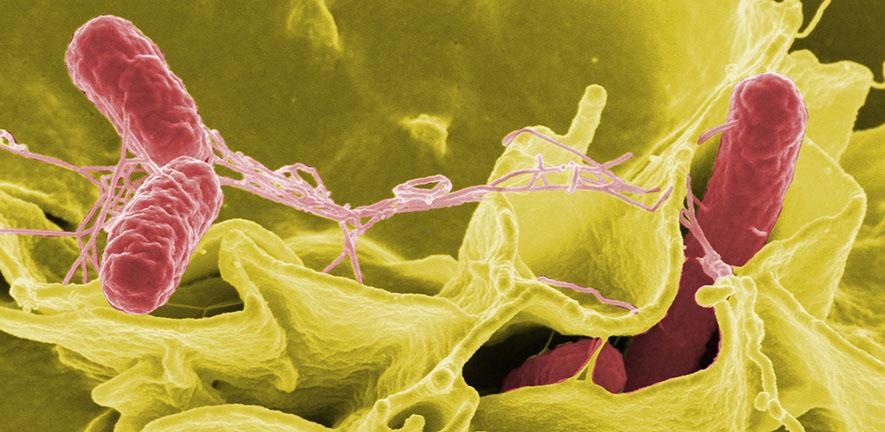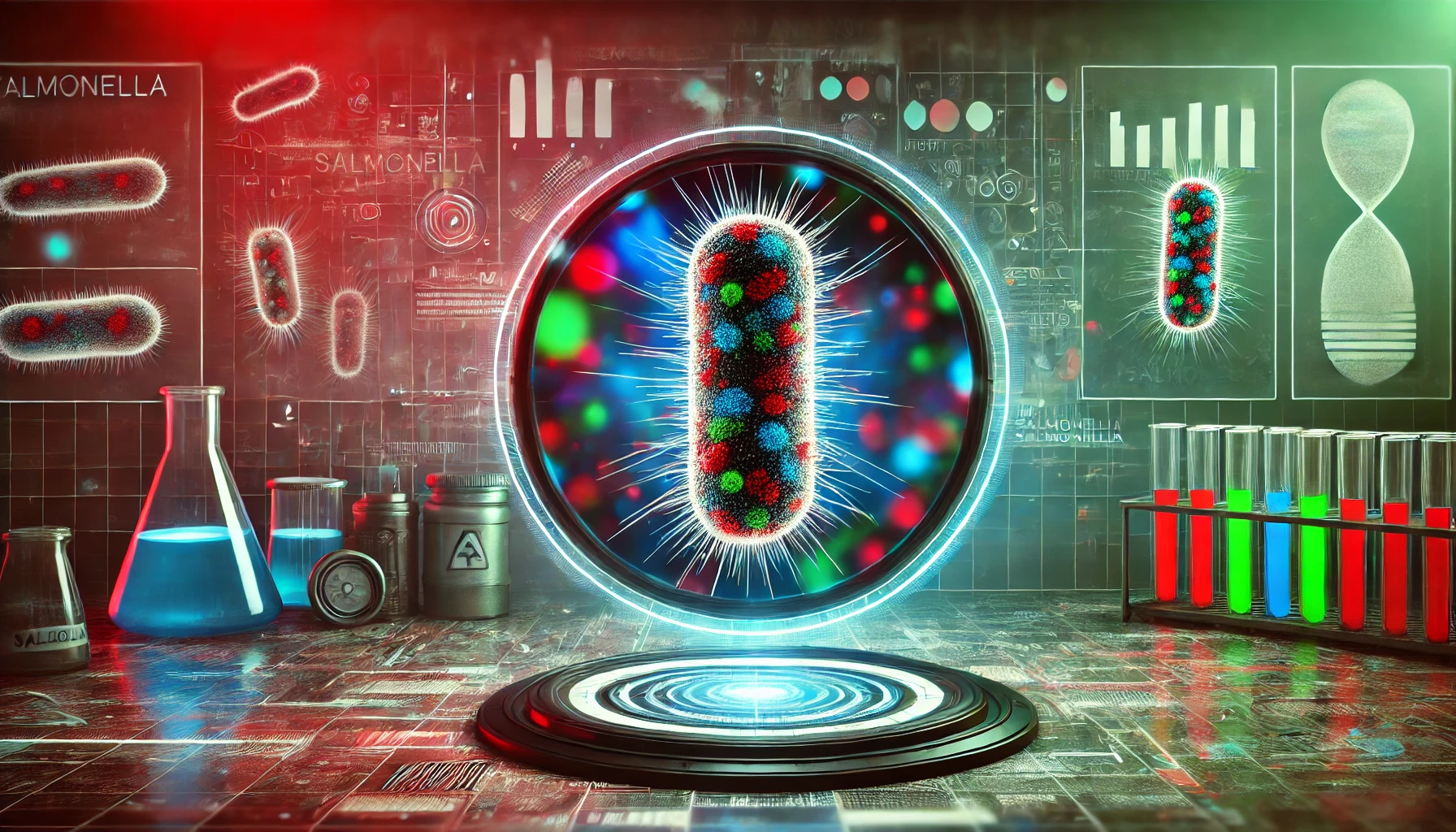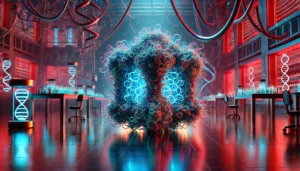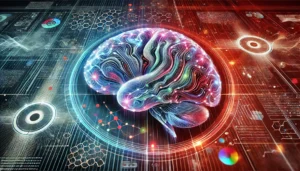Researchers at the University of Cambridge have harnessed AI in the fight against antibiotic resistance.
The research team, led by Professor Stephen Baker, created a machine learning tool using only microscopy images to distinguish between bacteria resistant to ciprofloxacin (a common antibiotic) and those susceptible to it.
This could dramatically reduce the time required for diagnosing antibiotic resistance, potentially transforming how we treat dangerous infections like typhoid fever.
The study, published in Nature Communications, focused on Salmonella Typhimurium, a bacterium that causes severe gastrointestinal illness and can lead to life-threatening invasive disease.

Dr. Tuan-Anh Tran, a key researcher on the project, explained the approach in a blog post: “The beauty of the machine learning model is that it can identify resistant bacteria based on a few subtle features on microscopy images that human eyes cannot detect.”
The research process involved several key steps:
- Bacterial sample preparation: The team grew S. Typhimurium samples in liquid nutrient media, some exposed to different concentrations of ciprofloxacin and others not.
- High-content imaging: Using a sophisticated microscope, the researchers took detailed pictures of the bacteria at multiple time points.
- Image analysis: Specialized software extracted 65 different features from each bacterial cell, including shape, size, and interaction with fluorescent dyes.
- Machine learning model development: The researchers fed this data into various machine learning algorithms, training them to recognize patterns associated with antibiotic resistance.
- Feature selection: The team identified the most crucial features for distinguishing between resistant and susceptible bacteria.
The results of this process were impressive. The AI system correctly identified antibiotic-resistant bacteria about 87% of the time.
Perhaps most significantly, the researchers found that resistant and susceptible bacteria had distinct visual patterns that the AI could detect, even when they hadn’t been exposed to antibiotics.
This suggests that antibiotic resistance changes the appearance of bacteria in ways that are too subtle for humans to see, but that AI can detect.
Current methods typically require several days of bacterial culture and testing against various antimicrobials. In contrast, the new AI-based method could potentially provide results within hours.
Faster diagnosis allows doctors to prescribe the most effective antibiotics sooner, potentially improving patient outcomes and reducing the spread of resistant bacteria.
Looking ahead, the research team aims to expand their approach to more complex clinical samples like blood or urine and test them on other types of bacteria and antibiotics. They’re also working on making the technology more accessible to hospitals and clinics worldwide.
As Professor Baker explains: “What would be really important, particularly for a clinical context, would be to be able to take a complex sample – for example blood or urine or sputum – and identify susceptibility and resistance directly from that.”
“That’s a much more complicated problem and one that really hasn’t been solved at all, even in clinical diagnostics in a hospital. If we could find a way of doing this, we could reduce the time taken to identify drug resistance and at a much lower cost. That could be truly transformative.”
Dr. Sushmita Sridhar summarized the impacts, stating, “Given that this approach uses single cell resolution imaging, it isn’t yet a solution that could be readily deployed everywhere. But it shows real promise that by capturing just a few parameters about the shape and structure of the bacteria, it can give us enough information to predict drug resistance with relative ease.”
As antibiotic resistance continues to pose an escalating global health threat, innovative approaches like this AI-powered imaging technique offer new hope.
This is part of a broader trend of AI-driven innovations in antibiotic research. At MIT, researchers have used deep learning models to discover an entirely new class of antibiotics.
In a similar vein, another team of scientists announced in May last year that they had used AI to identify a new antibiotic effective against drug-resistant bacteria.
AI enables faster, more accurate identification of drug-resistant infections, paving the way for more effective treatments and better patient outcomes.
The next few years will be crucial as the team works to translate their laboratory success into real-world clinical applications.





